
|


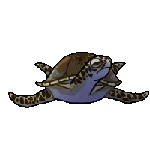
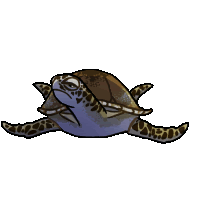

|
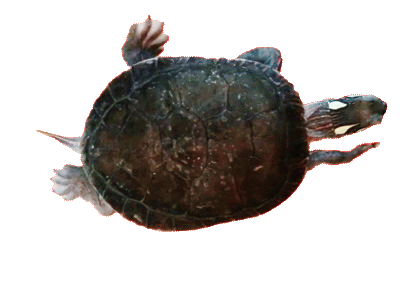
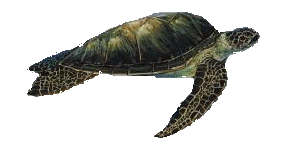
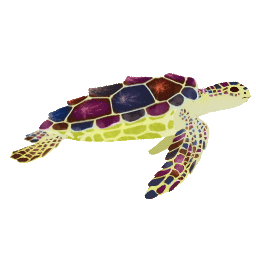
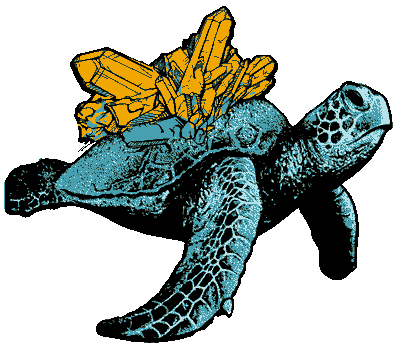
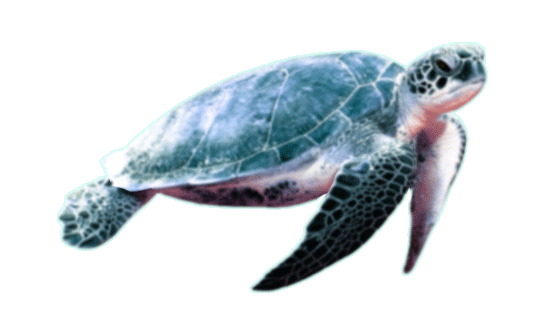
|
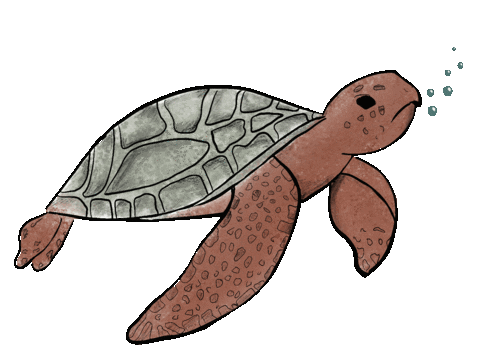
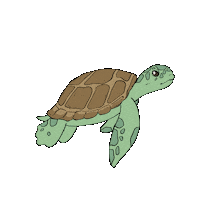

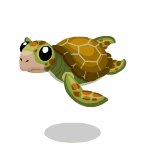

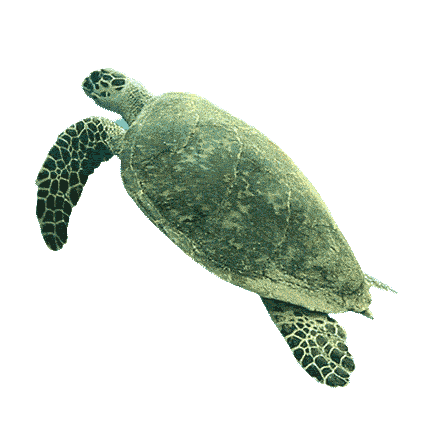
|
|
the free encyclopedia  Sea turtles, also known as marine turtles, have seven existing species of sea turtles are the green sea turtle,
Sea turtles, also known as marine turtles, have seven existing species of sea turtles are the green sea turtle, loggerhead sea turtle, Kemp's ridley sea turtle, olive ridley sea turtle, hawksbill sea turtle, flatback sea turtle, and leatherback sea turtle. All six of the sea turtle species present in US waters (loggerhead, green sea turtle, hawksbill, Kemp's ridley, olive ridley, and leatherback) are listed as endangered and/or threatened under the Endangered Species Act. The seventh sea turtle species is the Flatback, which exists in the waters of Australia, Papua New Guinea and Indonesia. Sea turtles can be separated into the categories of hard-shelled (cheloniid) and leathery-shelled (dermochelyid). There is only one dermochelyid species which is the leatherback sea turtle. 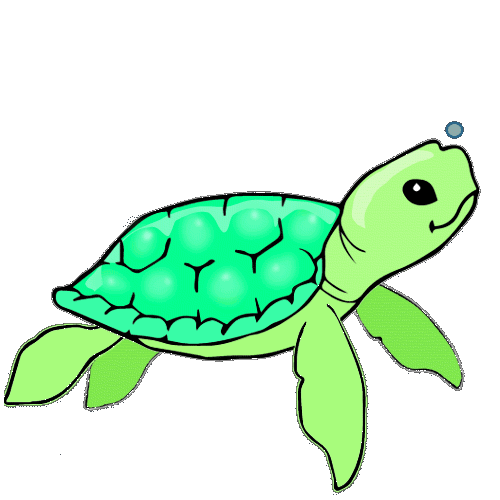
Temporal range: Early Cretaceous-Holocene,110–0 Ma |
 For each of the seven types of sea turtles, females and males are the same size; there is no sexual dimorphism.
For each of the seven types of sea turtles, females and males are the same size; there is no sexual dimorphism.
In general, sea turtles have a more fusiform body plan than their terrestrial or freshwater counterparts. This tapering at both ends reduces volume and means that sea turtles cannot retract their head and limbs into their shells for protection, unlike many other turtles and tortoises. However, the streamlined body plan reduces friction and drag in the water and allows sea turtles to swim more easily and swiftly. 
The skulls of sea turtles have cheek regions that are enclosed in bone. Although this condition appears to resemble that found in the earliest known fossil reptiles (anapsids), it is possible it is a more recently evolved trait in sea turtles, placing them outside the anapsids. 
|
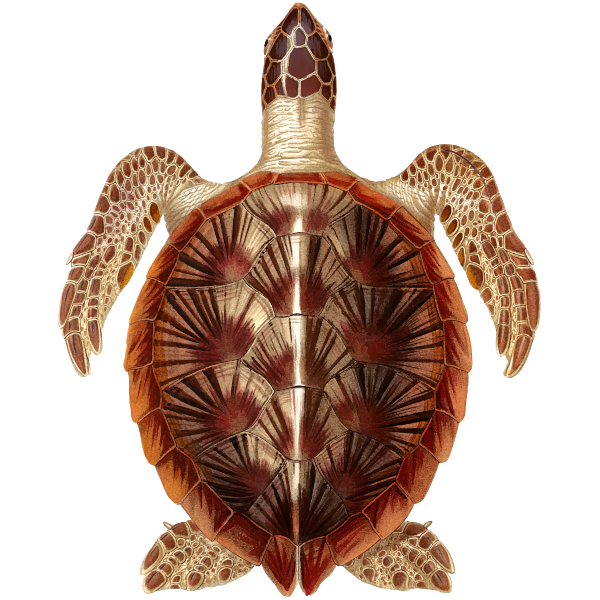 Sea turtles, along with other turtles and tortoises, are part of the order Testudines. All species except the leatherback sea turtle are in the family Cheloniidae. The leatherback sea turtle is the only extant member of the family Dermochelyidae.
Sea turtles, along with other turtles and tortoises, are part of the order Testudines. All species except the leatherback sea turtle are in the family Cheloniidae. The leatherback sea turtle is the only extant member of the family Dermochelyidae.
The origin of sea turtles goes back to the Late Jurassic (150 million years ago) with genera such as Plesiochelys, from Europe. In Africa, the first sea turtle is Angolachelys, from the Turonian of Angola. However, neither of these are related to extant sea turtles; the oldest representative of the lineage leading to these was Desmatochelys padillai from the Early Cretaceous. A lineage of unrelated marine testudines, the pleurodire (side-necked) bothremydids, also survived well into the Cenozoic. Other pleurodires are also thought to have lived at sea, such as Araripemys and extinct pelomedusids. Modern sea turtles are not descended from more than one of the groups of sea-going turtles that have existed in the past; they instead constitute a single radiation that became distinct from all other turtles at least 110 million years ago. Sea turtles' limbs and brains have evolved to adapt to their diets. Their limbs originally evolved for locomotion, but more recently evolved to aid them in feeding. They use their limbs to hold, swipe, and forage their food. This helps them eat more efficiently. 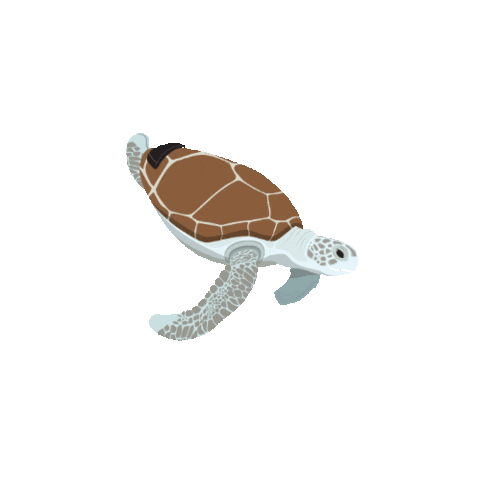
|
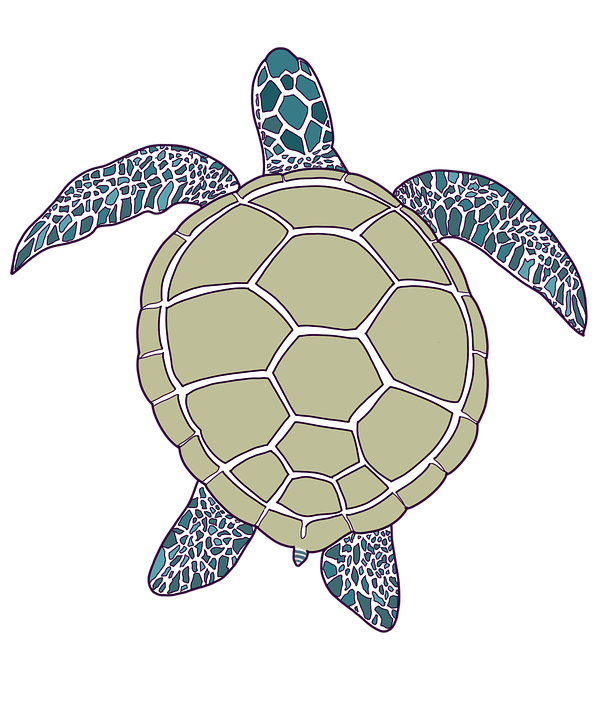 Sea turtles can be found in all oceans except for the polar regions. The flatback sea turtle is found solely on the northern coast of Australia. The Kemp's ridley sea turtle is found solely in the Gulf of Mexico and along the East Coast of the United States.
Sea turtles can be found in all oceans except for the polar regions. The flatback sea turtle is found solely on the northern coast of Australia. The Kemp's ridley sea turtle is found solely in the Gulf of Mexico and along the East Coast of the United States.
Sea turtles are generally found in the waters over continental shelves. During the first three to five years of life, sea turtles spend most of their time in the pelagic zone floating in seaweed mats. Green sea turtles in particular are often found in Sargassum mats, in which they find food, shelter and water. Once the sea turtle has reached adulthood it moves closer to the shore. Females will come ashore to lay their eggs on sandy beaches during the nesting season. Sea turtles migrate to reach their spawning beaches, which are limited in numbers. Living in the ocean therefore means they usually migrate over large distances. All sea turtles have large body sizes, which is helpful for moving large distances. Large body sizes also offer good protection against the large predators (notably sharks) found in the ocean. As a result of the COVID-19 virus, human activity on all beaches has virtually ceased, resulting in an increase in sea turtle nesting. In Thailand, the highest number of nests in the last 20 years have been found during 2020. Turtles are thriving across the United States as well, as there is less noise and pollution. 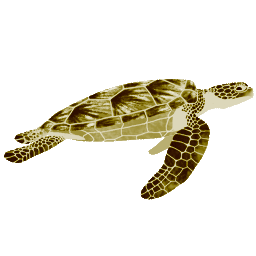
|